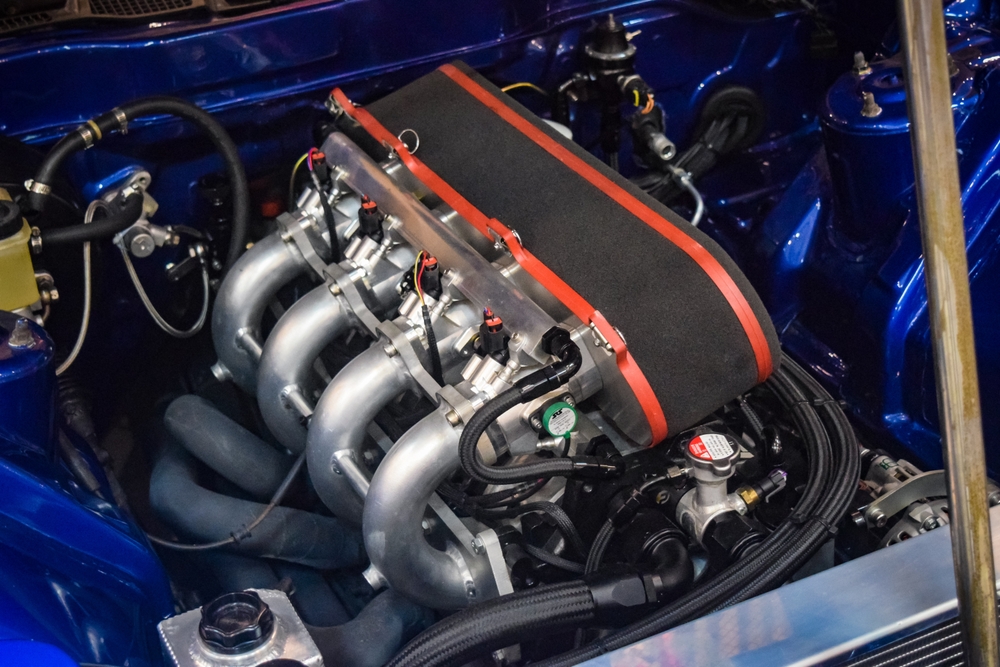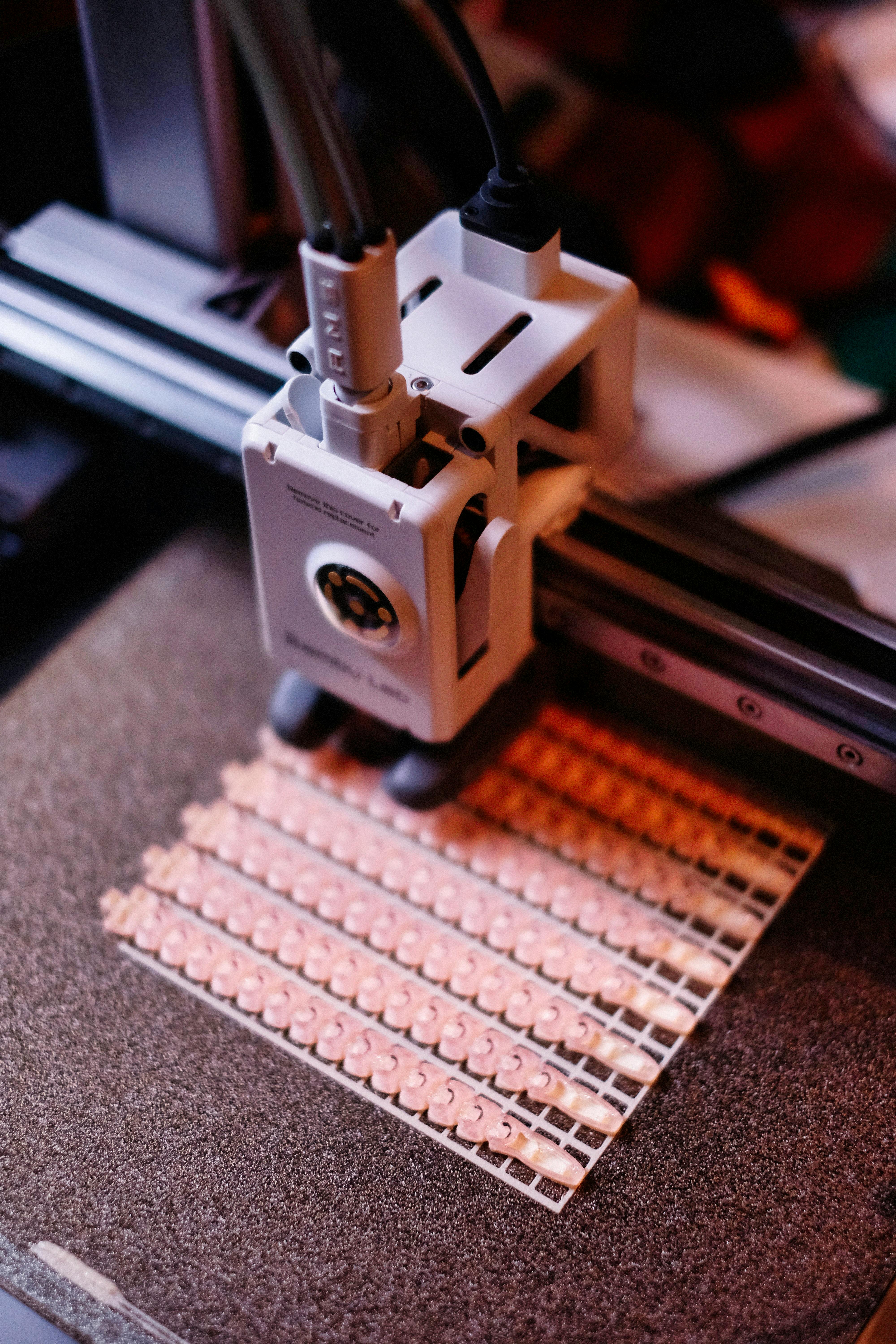The Resurgence of Flat-Plane Crank V8 Engines in Sports Cars
Introduction: Picture this: You're behind the wheel of a high-performance sports car, the engine roaring to life with a distinctive, almost exotic sound. As you press the accelerator, the car responds with lightning-quick reflexes, revving higher and faster than you thought possible. Welcome to the world of flat-plane crank V8 engines, a technology that's making a comeback in modern sports cars.

The flat-plane crank V8 traces its roots back to early racing engines, where every ounce of weight and every fraction of a second counted. Its compact design and inherent balance made it a favorite among European sports car manufacturers, but it largely fell out of favor in mass-production vehicles due to increased vibration and noise compared to cross-plane V8s.
Why the Comeback?
The renewed interest in flat-plane crank V8s stems from a perfect storm of factors. As emissions regulations tighten and the push for electrification grows stronger, automakers are seeking ways to maximize the performance and efficiency of internal combustion engines. The flat-plane crank offers several advantages in this pursuit:
- Higher redline potential: These engines can rev much higher than their cross-plane counterparts, often reaching 8,000 rpm or more.
- Improved throttle response: The lighter rotating assembly allows for quicker acceleration and deceleration of the engine.
- Enhanced exhaust scavenging: The firing order of a flat-plane V8 creates even exhaust pulses, improving cylinder evacuation and potentially boosting power.
Modern Applications and Innovations
Today’s flat-plane crank V8s are a far cry from their predecessors. Advanced materials, precision manufacturing techniques, and computer-aided design have allowed engineers to mitigate many of the traditional drawbacks associated with this engine configuration.
For instance, carbon fiber driveshafts and lightweight connecting rods help reduce overall mass and dampen vibrations. Sophisticated engine mounts and sound insulation techniques address noise concerns, while dual-mass flywheels smooth out power delivery.
These innovations have paved the way for flat-plane crank V8s to find homes in some of the most exciting sports cars of the 21st century. From the screaming Ferrari 458 Speciale to the track-focused Ford Mustang Shelby GT350R, these engines are proving that there’s still room for high-revving, naturally aspirated powerplants in an increasingly turbocharged world.
The Driving Experience: A Symphony of Power and Precision
Ask any enthusiast who’s had the privilege of piloting a car equipped with a flat-plane crank V8, and they’ll likely describe it as a transformative experience. The engine note alone is enough to set these cars apart – a sharp, high-pitched wail that’s more akin to a Formula 1 car than a traditional V8 rumble.
But it’s not just about the sound. The rev-happy nature of these engines encourages drivers to explore the upper reaches of the tachometer, where the power delivery remains strong and linear. This characteristic makes flat-plane crank V8s particularly well-suited to track use, where maintaining high engine speeds through corners is crucial for fast lap times.
The improved throttle response also translates to a more connected feeling between driver and machine. Inputs are met with near-instantaneous reactions, allowing for precise control and confidence-inspiring handling characteristics.
Challenges and Future Prospects
Despite their numerous advantages, flat-plane crank V8s aren’t without their challenges. The increased vibration can lead to accelerated wear on engine components if not properly managed. Additionally, the high-revving nature of these engines often comes at the expense of low-end torque, which can make them less suitable for everyday driving conditions.
Looking ahead, the future of flat-plane crank V8s remains uncertain. As the automotive industry continues its march towards electrification, the window for developing new internal combustion engines is rapidly closing. However, this very pressure may drive further innovation in the flat-plane crank design, potentially leading to even more efficient and powerful iterations.
Some manufacturers are already exploring hybrid powertrains that incorporate flat-plane crank V8s, using electric motors to supplement low-end torque while preserving the high-revving character of the engine. This approach could provide a best-of-both-worlds solution, combining the emotional appeal of a naturally aspirated V8 with the instant response and efficiency of electric propulsion.
In conclusion, the resurgence of flat-plane crank V8 engines represents a fascinating chapter in the ongoing evolution of sports car powertrains. As automakers strive to create ever more thrilling and engaging driving experiences, this once-niche technology has found new relevance. Whether as a last hurrah for naturally aspirated engines or as a bridge to a hybrid future, flat-plane crank V8s are ensuring that the art of the high-performance engine remains alive and well in the 21st century.





